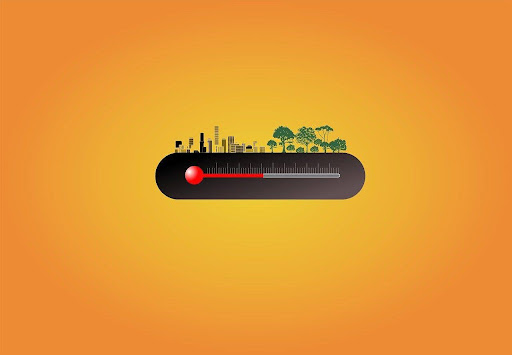As Greymantle continues its ongoing investigation into the growing military capabilities of China, this fourth entry shifts focus to Taiwan’s defensive preparations. In our last installment, we examined the tools and tactics that China is likely to deploy to secure a beachhead on Taiwan. Now, we turn to the resources and strategy the Taiwanese government is counting on to resist and—if necessary—repel such a formidable assault.
When Could An Invasion Occur?
Pinpointing the exact timing of a Chinese amphibious invasion remains a matter of speculation. Only one man, Chinese President and Chairman of the Central Military Commission Xi Jinping, holds that secret.
Some analysts suggest the window could open as early as this year, while others argue that China will bide its time until after 2030, when the U.S. is expected to be chip-independent. Admiral Sam Paparo, the top U.S. naval commander in the Pacific, warns that China has ramped up military provocations against Taiwan by over 300% since January 2024. From near-daily sorties to PLA Navy ships breaching Taiwan’s median line, the signal is clear: China is rehearsing for something.
Greymantle currently assesses the likelihood of an invasion at 35% in 2025, increasing by approximately 15% each year. By 2030, absent a diplomatic breakthrough, a full-scale conflict appears almost inevitable.
Strategic Constraints On China’s Invasion Timeline
Though China’s military advantage is obvious, its invasion plans are boxed in by Taiwan Strait weather patterns. April and October present the most viable launch windows due to more navigable conditions. But both months come with risks: April’s fogs can disrupt coordination, while October remains susceptible to typhoons. For Beijing’s planners, the prospect of launching amidst storm or fog is deeply unnerving.
Taiwan’s “Porcupine Strategy”
Taiwan is no longer relying on a traditional, attritional defense model. Instead, it has adopted a U.S.-advised “Porcupine Strategy” designed to make invasion prohibitively painful. This involves decentralized command, asymmetric tactics, and reliance on multi-layered technological defenses.
Taiwan’s Air Force, though numerically inferior (around 285 fighters vs. China’s 800+ modern aircraft), benefits from a well-integrated radar and missile network. These systems include:
- Tien Kung III (Sky Bow III): Capable of intercepting ballistic missiles up to 200 km.
- PAC-3 Patriot Missiles: 70 km range for ballistic defense.
- Land Sword II: Effective against low-flying drones and helicopters.
Although Taiwan’s aircraft are at risk of being grounded by a pre-invasion blockade, their integration with mobile radar, jammers, and anti-aircraft assets could still inflict heavy Chinese losses.
Strike Capability: More Than Just Defense
Taiwan’s arsenal includes more than defensive systems. Its ability to strike mainland China includes:
- Hsiung Sheng Missiles (1,200 km range): Capable of targeting strategic Chinese infrastructure.
- Qingtian Hypersonic Missiles (>2,000 km): Precision strikes against high-value PLA assets.
- MGM-140 ATACMS (300 km): Tactical missile for PLA bases and docks.
While controversial, targeting sensitive infrastructure like the Three Gorges Dam could serve as a strategic deterrent, albeit at immense humanitarian and geopolitical cost.
A Vast Artillery Force
Taiwan is heavily invested in indirect firepower. With 1,360 artillery pieces and advanced MRL systems like HIMARS, Taiwan’s beach defense doctrine emphasizes containment and attrition at landing zones. This firepower is Taiwan’s best bet at preventing the PLA from establishing a reliable foothold.
The Role Of Reserves
Taiwan’s standing army is modest—between 94,000 to 163,000 troops. What makes the difference is its reserve structure:
- 1.66 million reservists (official claim).
- 21 Army Reserve Brigades.
- Category A Brigades (6): Combat-ready with frequent training.
- Category B Brigades (15): Support roles with limited readiness.
Reform efforts are focused on enhancing these reserves with urban warfare training, decentralized command capabilities, and counter-infiltration operations. Mobilization times target activation within 72 hours of conflict.
The Final Line
Taiwan’s strength lies not in overwhelming firepower but in defensive depth and its will to resist. Asymmetric strategies, layered defenses, long-range deterrents, and a reforming reserve system give Taiwan the tools to make invasion costly. The ultimate outcome may hinge on how effectively these elements can function under the immense strain of war—and whether help arrives from abroad in time.




